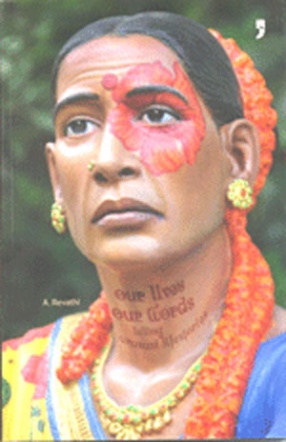Our Lives, Our Words: Telling Aravani Lifestories
Price: $13.50 $15.00
Author
Edition
1st ed.
Publisher
ISBN
9380403062
Length
xii+80p., 22cm.
Subjects
Aravanis or hijras have long been the invisible yet hyper-visible subjects of a societal gaze that reduces them to stereotype. Imagined as often as locked at or talked about, simultaneously revered and cursed, they have, in the process, been refused individual histories, lives and identities, even selves. Yet the community continues to challenge and subvert this view, persistently refusing to allow itself to be shamed or victimized. Some of the greatest recent ...

